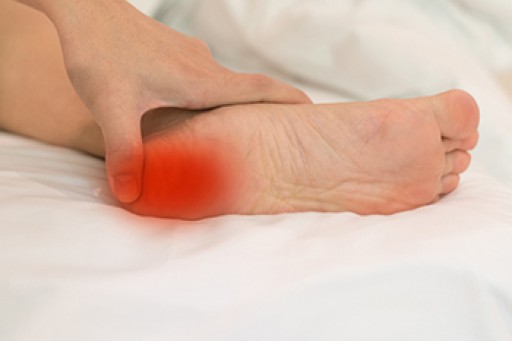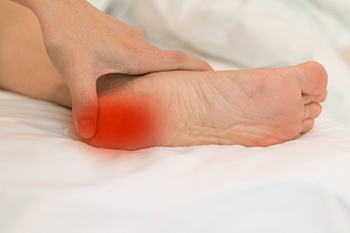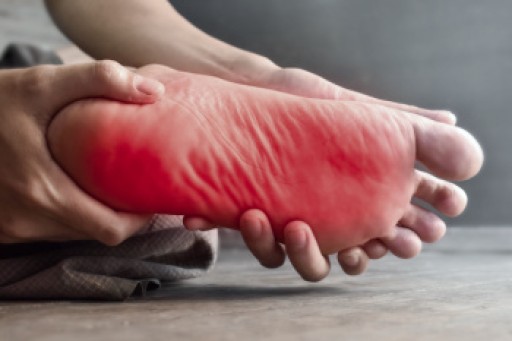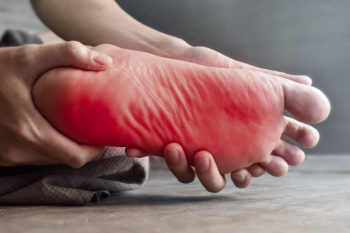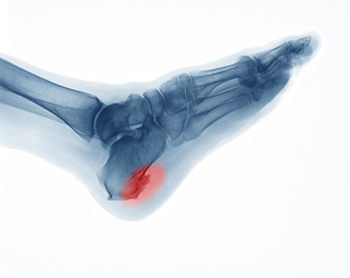
Heel spurs are bony growths that form on the underside of the heel bone, often due to repeated stress on the foot. They develop over time as calcium deposits build up in response to strain, particularly in the plantar fascia, which is the ligament connecting the heel to the toes. Many people with heel spurs feel a sharp, stabbing pain in the heel, especially when taking their first steps in the morning or after prolonged sitting. Heel spurs are common among runners, people who are overweight, and those with flat feet or high arches. While they do not disappear, symptoms can be managed effectively. A podiatrist can recommend treatments such as orthotic devices, targeted exercises, anti-inflammatory medications, or cortisone injections to relieve pain. In severe cases, surgical removal may be considered. If you have pain from a heel spur, it is suggested that you schedule an appointment with a podiatrist for care.
Heel spurs can be incredibly painful and sometimes may make you unable to participate in physical activities. To get medical care for your heel spurs, contact one of our podiatrists from Foot Health Center of Merrimack Valley. Our doctors will do everything possible to treat your condition.
Heels Spurs
Heel spurs are formed by calcium deposits on the back of the foot where the heel is. This can also be caused by small fragments of bone breaking off one section of the foot, attaching onto the back of the foot. Heel spurs can also be bone growth on the back of the foot and may grow in the direction of the arch of the foot.
Older individuals usually suffer from heel spurs and pain sometimes intensifies with age. One of the main condition's spurs are related to is plantar fasciitis.
Pain
The pain associated with spurs is often because of weight placed on the feet. When someone is walking, their entire weight is concentrated on the feet. Bone spurs then have the tendency to affect other bones and tissues around the foot. As the pain continues, the feet will become tender and sensitive over time.
Treatments
There are many ways to treat heel spurs. If one is suffering from heel spurs in conjunction with pain, there are several methods for healing. Medication, surgery, and herbal care are some options.
If you have any questions feel free to contact one of our offices located in North Andover, and Tewksbury, MA . We offer the latest in diagnostic and treatment technology to meet your needs.




